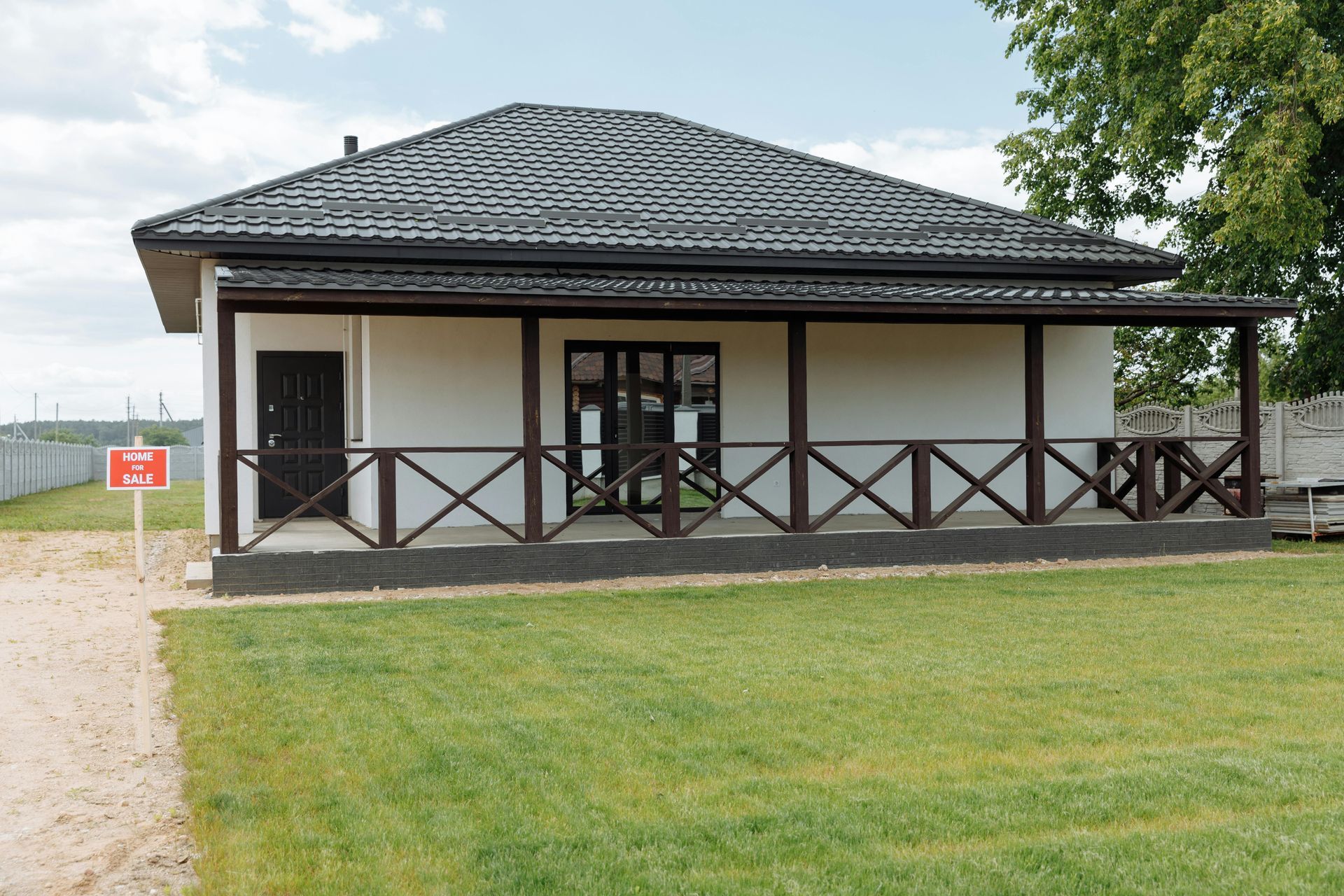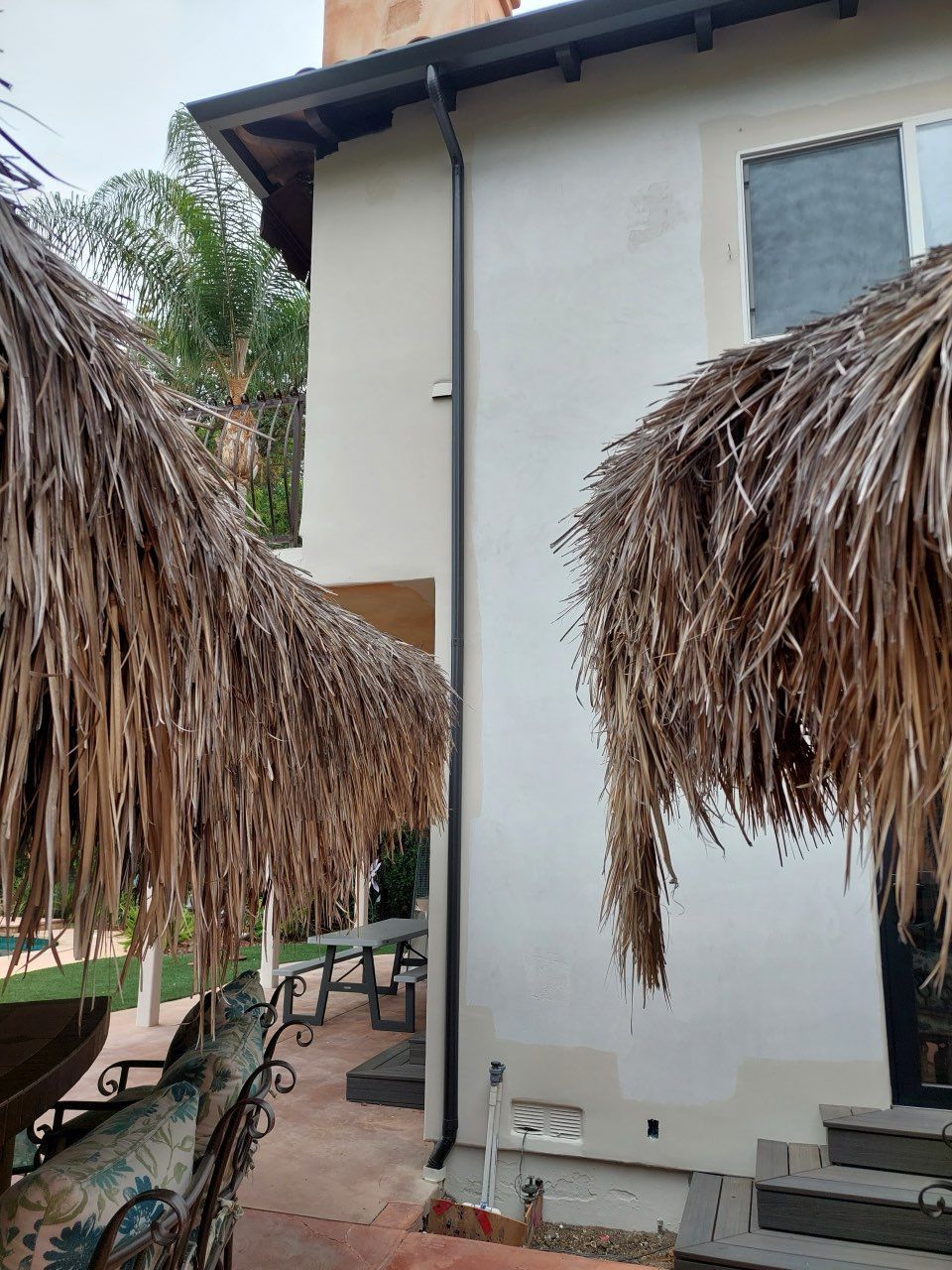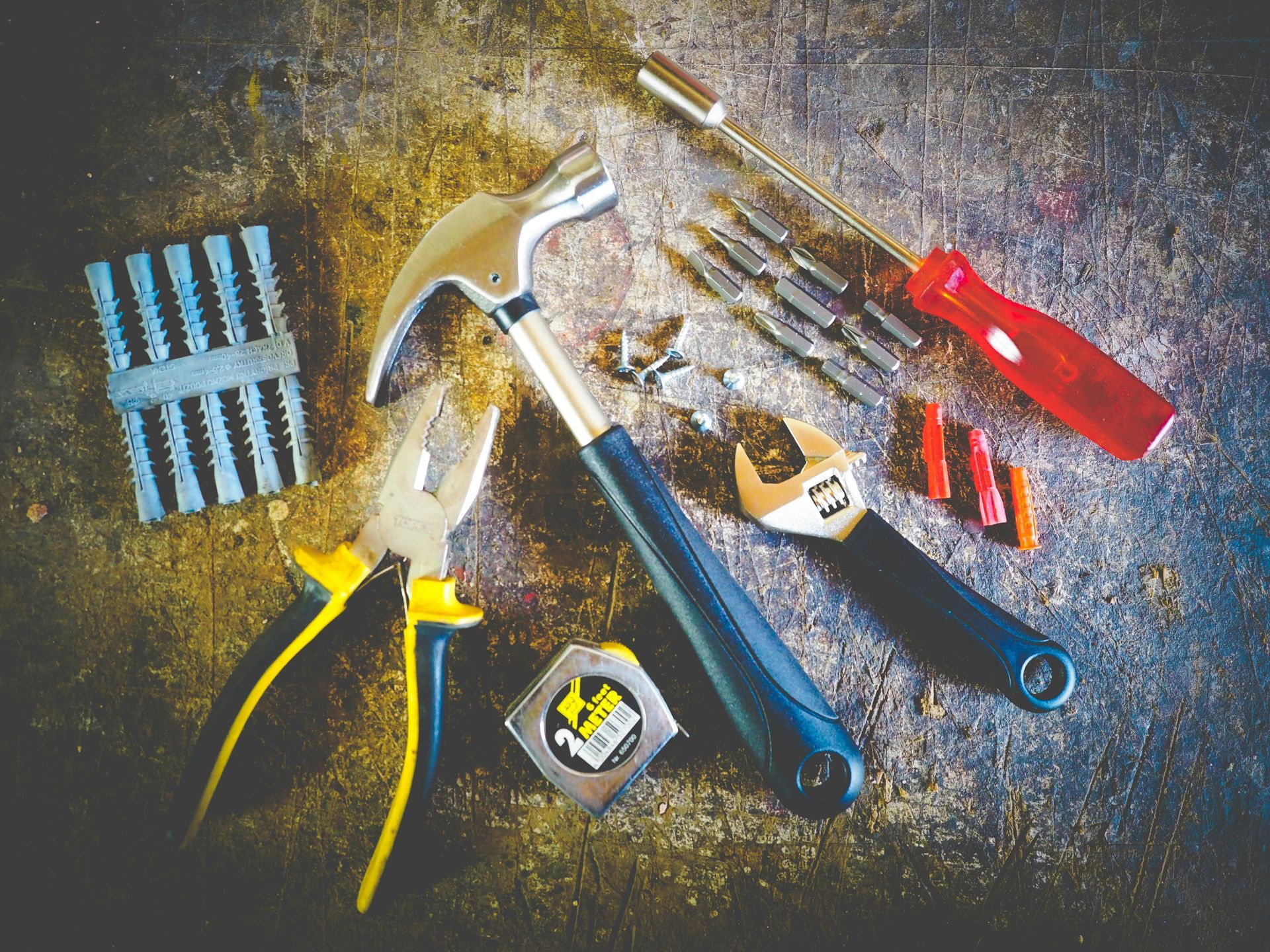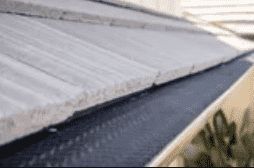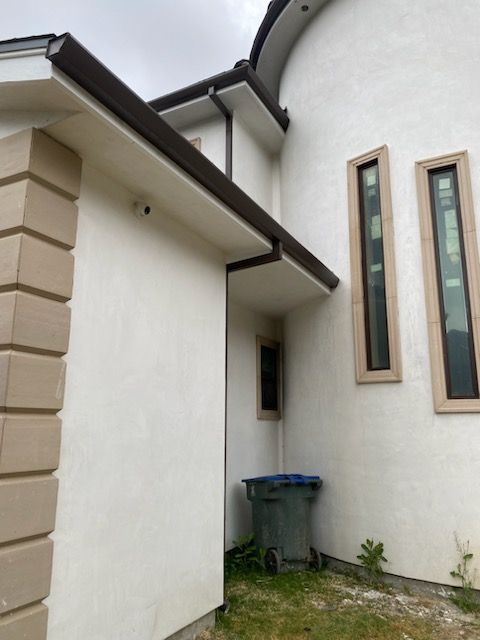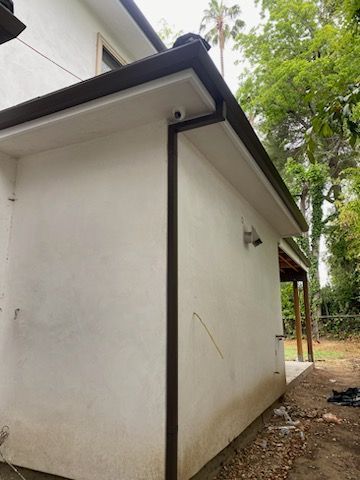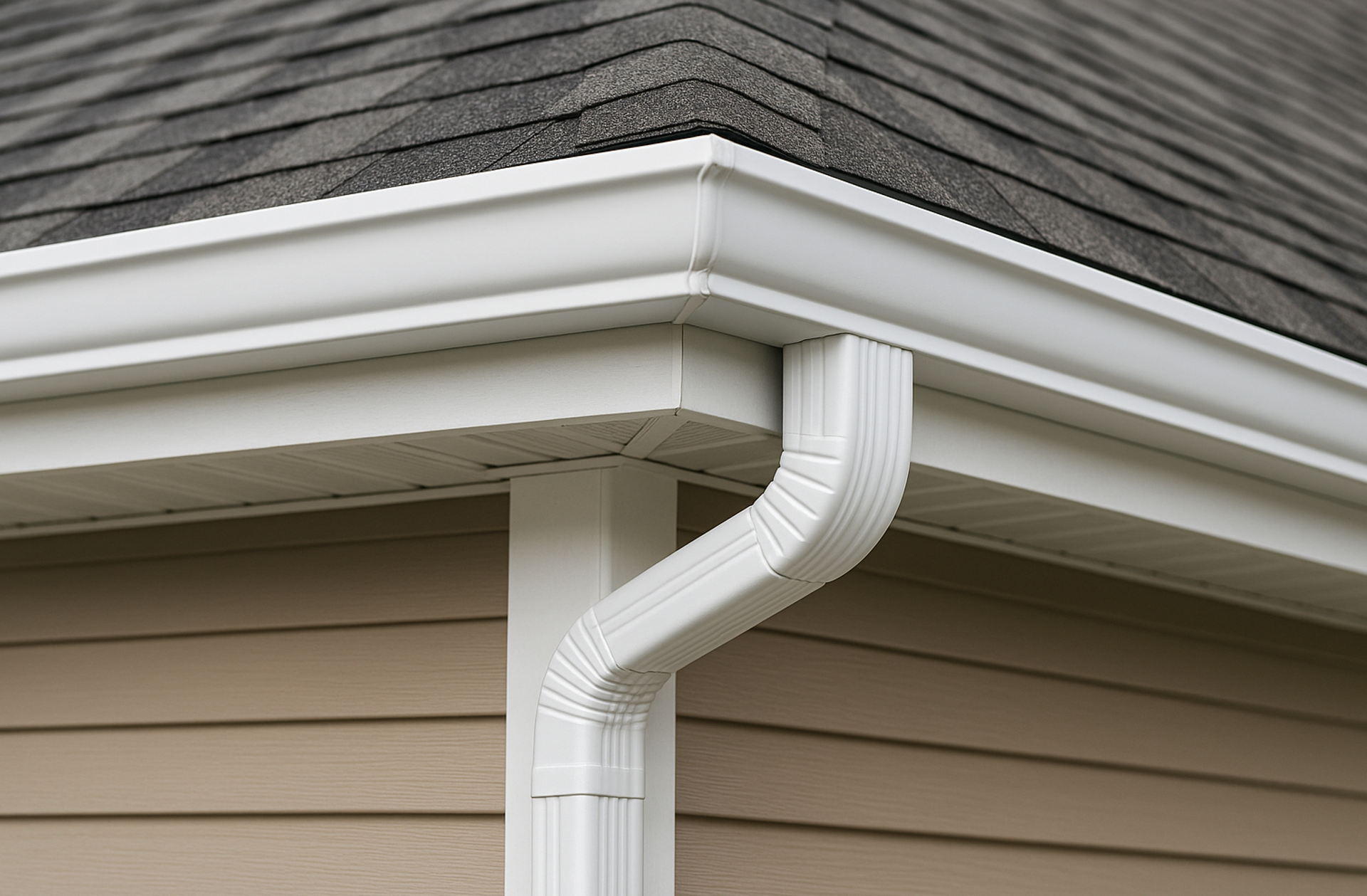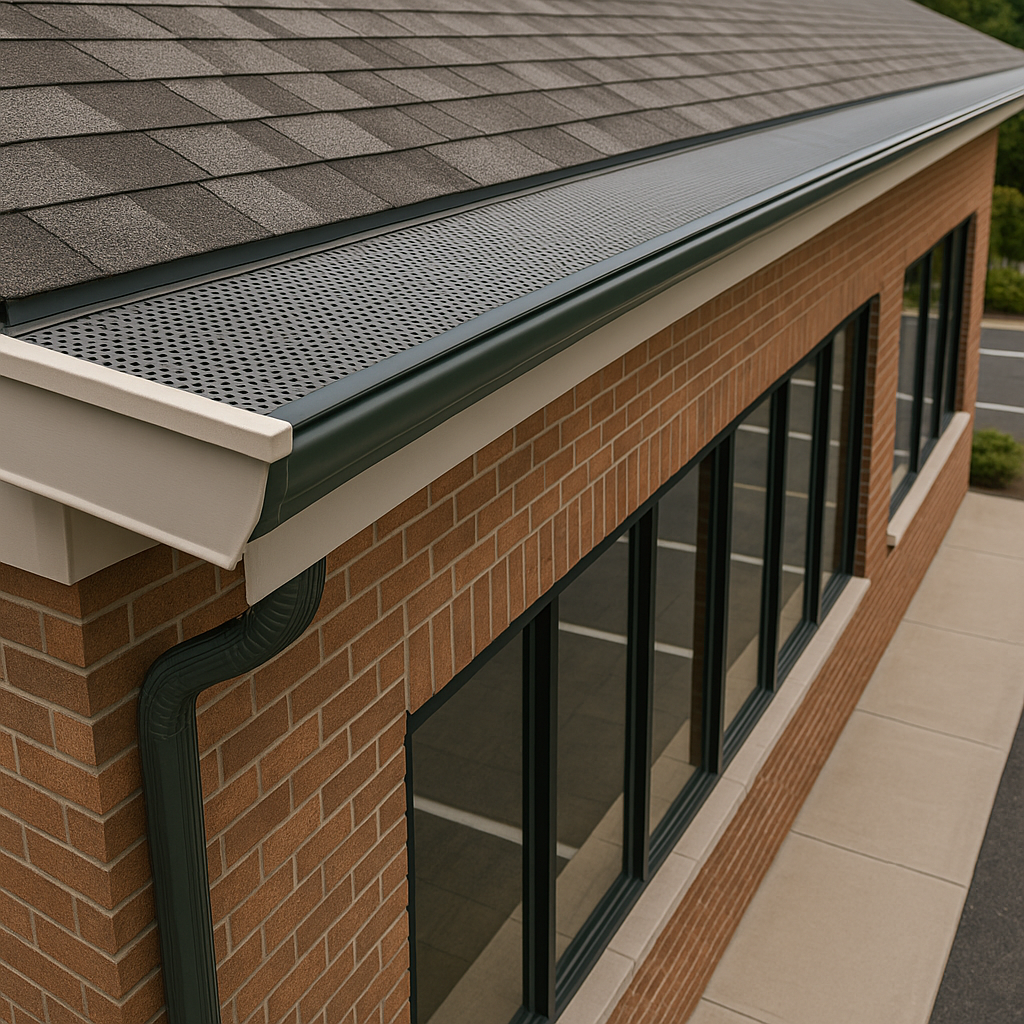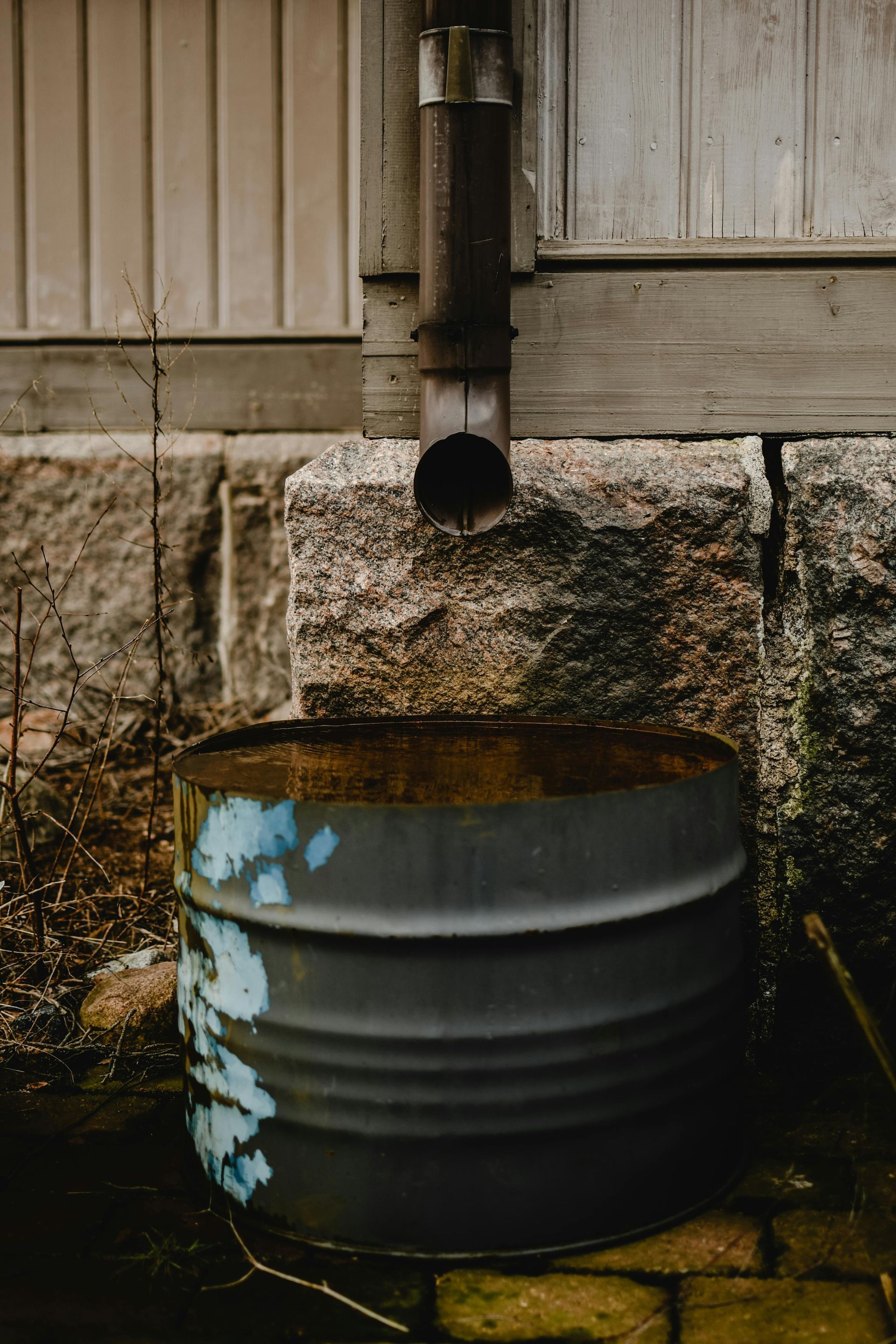Why DIY Gutters is a bad idea...
Summary:
Installing gutters might seem like one of those weekend home improvement projects you can knock out in a day — climb the ladder, screw in a few brackets, seal the seams, and you’re done. But in reality, it’s one of the most dangerous and deceptively complex DIY projects homeowners attempt.
At AD Green Gutters and Screens, we’ve repaired countless gutter systems that were either installed incorrectly or left half-finished after a serious accident or near miss. While saving money sounds great in theory, your safety and your home’s protection should always come first.
Before you grab that ladder, let’s look at why gutter installation can put your health — and your home — at risk.
Hidden dangers of DIY gutters
Installing gutters requires balance, strength, and precision. Without the right tools, training, or safety equipment, homeowners can quickly find themselves in a dangerous situation.
Here are the most common injuries and issues we see from DIY gutter work:
1. Falls from Height
The biggest danger by far. Every year, thousands of homeowners suffer broken bones, head injuries, or worse from ladder or roof falls. Working at height, especially on uneven ground or in windy weather, greatly increases the risk.
2. Ladder Accidents
Even if you stay off the roof, ladders are inherently dangerous. Overreaching, using the wrong ladder height, or setting it at an unsafe angle can cause it to slip or tip over in seconds.
3. Cuts and Lacerations
Gutter sections are made of metal — often aluminum or steel — with razor-sharp edges. One slip of the hand or a poorly cut section can result in deep cuts or even stitches.
4. Electrical Hazards
Gutters are installed near rooflines, soffits, and fascia — areas where electrical wires and fixtures are often present. Accidentally contacting live wires can lead to shocks, burns, or fires.
5. Musculoskeletal Strain
Hauling 20-foot gutter sections, bending at odd angles, and maintaining awkward positions for hours can strain your back, neck, and shoulders. Repetitive strain can lead to chronic pain and inflammation.
6. Tool-Related Injuries
Power tools like drills, saws, and riveters are necessary for proper installation. If you’re not experienced with them, one wrong move can cause puncture wounds, eye injuries, or worse.
7. Heat and Dehydration
In Southern California, even “mild” days can exceed 85°F when you’re on a roof. Without hydration or breaks, you risk heat exhaustion or heatstroke.
8. Chemical Exposure
Many gutter sealants and adhesives contain volatile organic compounds (VOCs) that can irritate your skin, eyes, and lungs if not handled in a well-ventilated area or with proper PPE.
How to Stay Safe with DIY Gutters
If you’re determined to take on gutter installation yourself, you can reduce risk by following these precautions:
1. Educate Yourself
Watch reputable tutorials, read manufacturer guides, and understand how to slope, join, and seal gutter sections correctly. One wrong pitch can cause constant standing water and leaks.
2. Use the Right Equipment
Don’t rely on old ladders or makeshift tools. Invest in sturdy ladders, gutter brackets, gloves, safety goggles, and harnesses if you’re working at height.
3. Work with a Partner
Always have someone with you. A second set of hands can steady ladders, hold sections, or call for help if an accident happens.
4. Stay Hydrated and Take Breaks
Install early in the morning or late afternoon, avoid peak heat hours, and drink plenty of water.
5. Check for Power Lines
Before raising metal gutters, look for overhead power lines and measure clearances to avoid electrocution.
6. Plan Ahead
Measure twice, cut once. Organize materials, fasteners, and sealants in advance so you’re not climbing up and down repeatedly.

